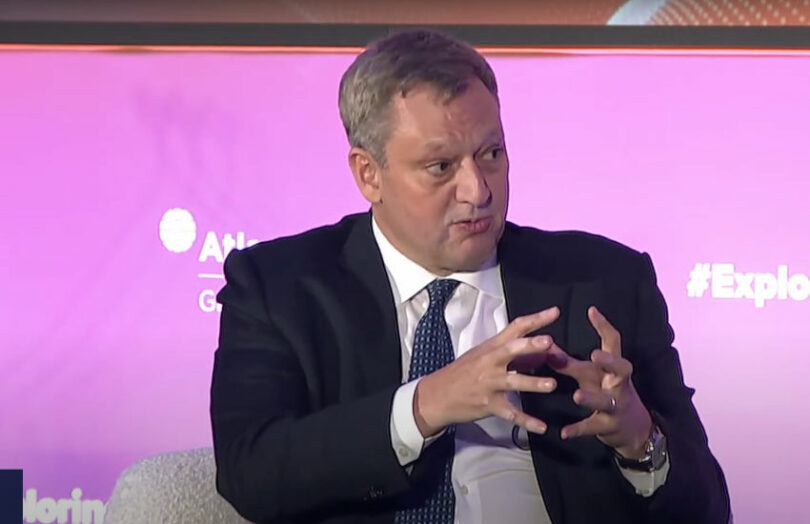A year ago, the International Monetary Fund (IMF) published its paper outlining its X-C vision of a multilateral platform for cross border payments power by smart contracts. It has some similarities with the BIS Unified Ledger yet is quite distinctive. Yesterday the IMF paper’s lead author Tobias Adrian, gave a speech at the Atlantic Council CBDC conference, clarifying that the IMF wouldn’t build the X-C platform.
“The fund is not a very operational institution. It’s more about governance,” said Mr. Adrian. “So when I talk about platforms, this is really policy development. But it’s up to our membership and the private sector to actually build such things. The BIS Innovation Hub plays an important role in working on the technology side to build some versions of those platforms.”
Mr. Adrian’s views are noteworthy because two of the key thought leaders on tokenization in the public sector are Mr. Adrian at the IMF and the BIS Head of Research, Hyun Song Shin. Mr. Shin is one of the architects of the Unified Ledger. The two have previously jointly written several papers on other topics.
One novelty of the X-C platform is its design proposes a lower barrier to entry to central banks. Rather than supporting central bank digital currencies (CBDCs), it proposes Certificates of Escrow backed one-to-one by central bank reserves. These are limited to use on the X-C platform and can only be exchanged for central bank reserves.
Last year’s paper avoided referring to tokenization. But Mr. Adrian was not reluctant yesterday.
“The goal of the Fund and other international financial institutions is to really use those technologies for policy purposes. ie. employ all the greatness of encryption and programmability and tokenization in order to achieve policy objectives. That is where the interesting work is going on at the moment,” he said.
A range of cross border payment solutions
Mr. Adrian doesn’t envision X-C as the only cross border payment solution. In the short term, the interlinking of faster payment systems via a central hub (BIS Project Nexus) is achievable and useful.
He believes there will be various approaches and each country will make different choices. “The incentive of participating in platforms is the network effect,” said Mr. Adrian. “The more countries, the more institutions that participate, the higher the efficiency that can be achieved. And that’s a very powerful economic force.”
Key drivers behind CBDCs
When asked about different motivations for CBDC, he highligted three. Firstly, he noted that it’s no accident that three of the four live CBDC solutions are in the Caribbean (Eastern Caribbean, Jamaica, Bahamas). The disruption because of hurricanes makes the physical distribution of cash tricky.
A second driver is the disappearance of cash. An alternative to retail CBDC is tokenized deposits. To support this path, central banks could provide a wholesale CBDC to enable interbank settlement.
“I don’t think we will necessarily see retail CBDCs everywhere, but we may see more motivation for wholesale CBDC perhaps combined with tokenization of deposits,” said Mr. Adrian. However, he noted that legislation may not support tokenized deposits in some countries.
The third CBDC driver mentioned was financial inclusion in emerging economies.
Meanwhile, earlier this month the IMF released the latest iteration of its CBDC Handbook.






